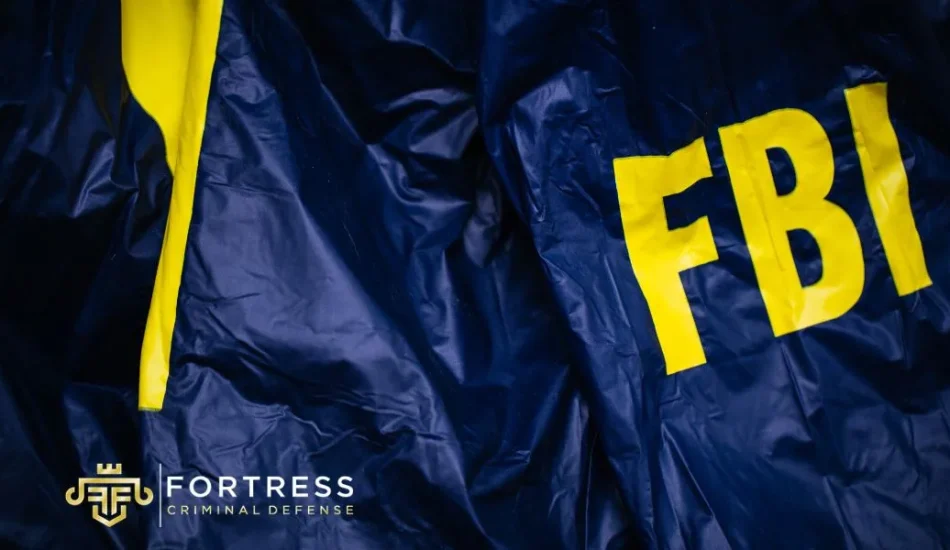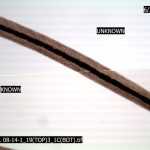FBI Flunks Science

 Donald Eugene Gates was convicted of murder in 1982, based in part on the testimony of an FBI forensic analyst who claimed that Gates’s hair was “microscopically indistinguishable” from hairs found on the victim’s body. But fast forward 27 years, and Gates was released in 2009 after DNA testing proved that he was not the killer. He got $75 and a bus ticket to Ohio for his trouble.
Donald Eugene Gates was convicted of murder in 1982, based in part on the testimony of an FBI forensic analyst who claimed that Gates’s hair was “microscopically indistinguishable” from hairs found on the victim’s body. But fast forward 27 years, and Gates was released in 2009 after DNA testing proved that he was not the killer. He got $75 and a bus ticket to Ohio for his trouble.
Also in 2009, the National Academies of Science released its report on the sad state of forensic science. That same report found that hair comparison analysis lacked any rigorous underlying science. In the wake of those findings, the FBI began reviewing their own cases. On Monday they released a report confirming “that FBI microscopic hair analysts committed widespread, systematic error, grossly exaggerating the significance of their data under oath with the consequence of unfairly bolstering the prosecutions’ case.”
Some Highlights:
- 26 out of the 28 analysts in that lab made unsupportable statements in court and under oath,
- This testimony occurred in more than 90% of the trials involving one of those analysts,
- 33 of those cases were death penalty cases,
- 14 of those people have either been executed or died in prison.
To its credit, the FBI is taking steps to review problem cases. At least four people had already been exonerated even before this report. But after a couple decades, evidence degrades, witnesses are lost, and memories fade. That’s a sword that cuts defendants as much as prosecutors. Bad science wastes years, destroys lives, and leaves real criminals on the streets while someone innocent takes their fall.


